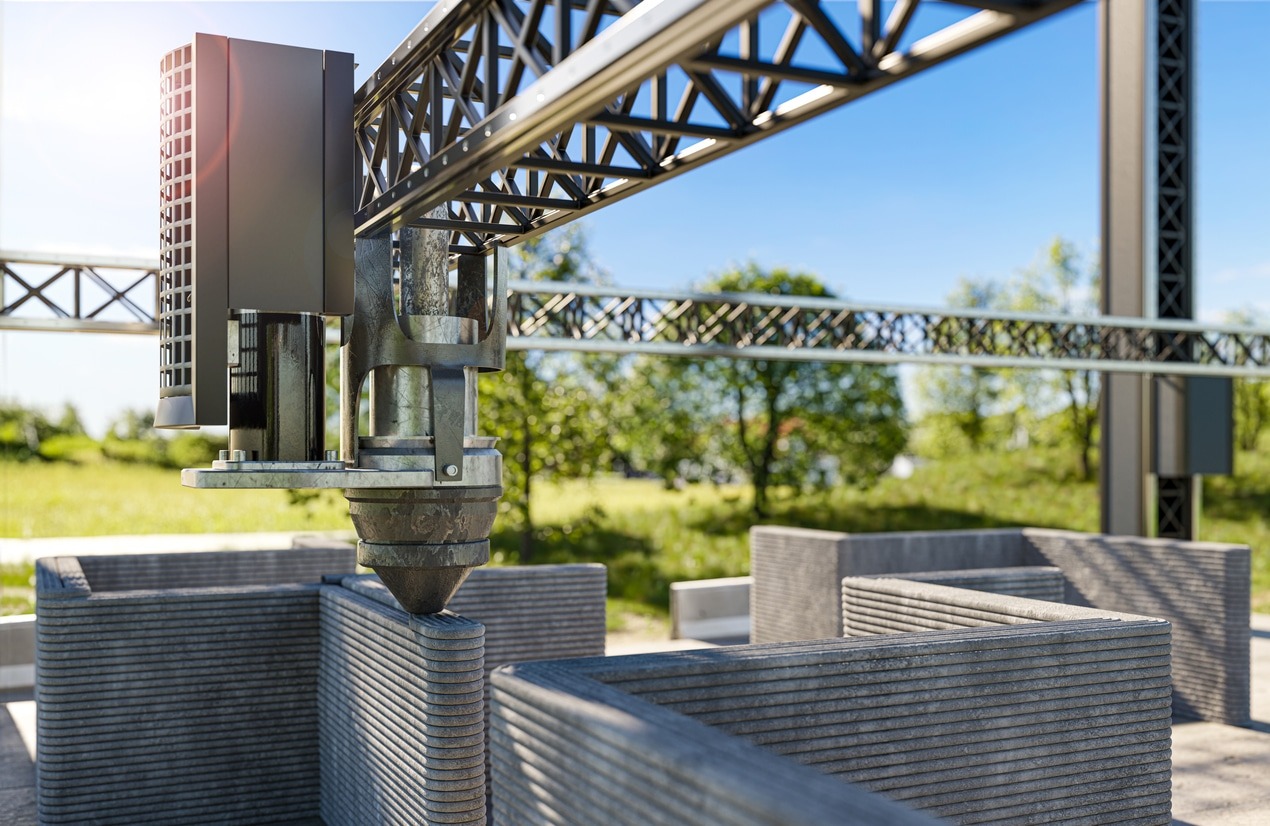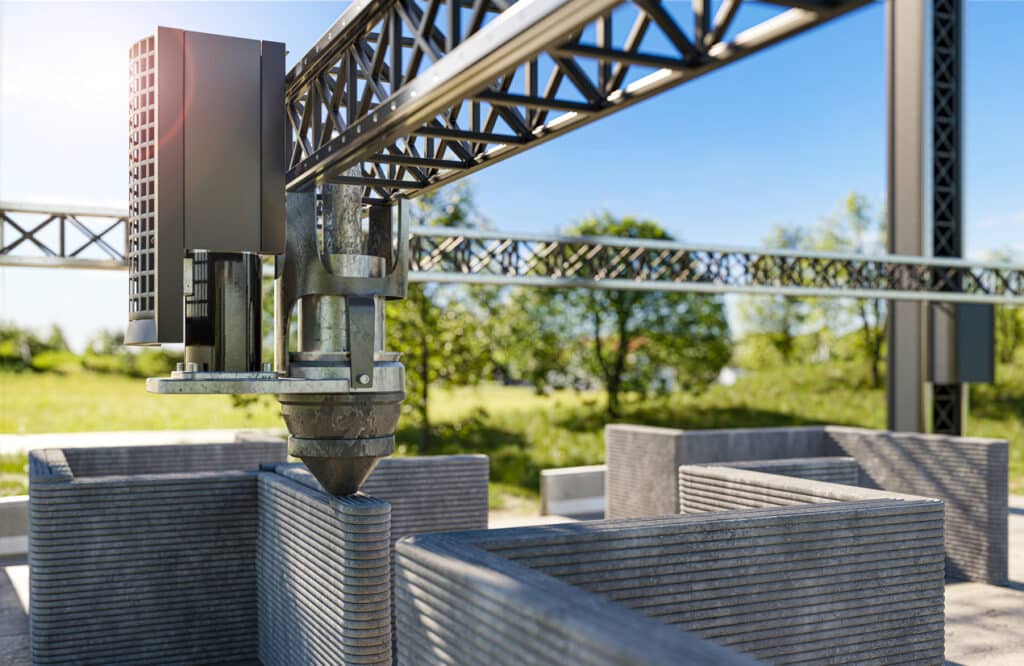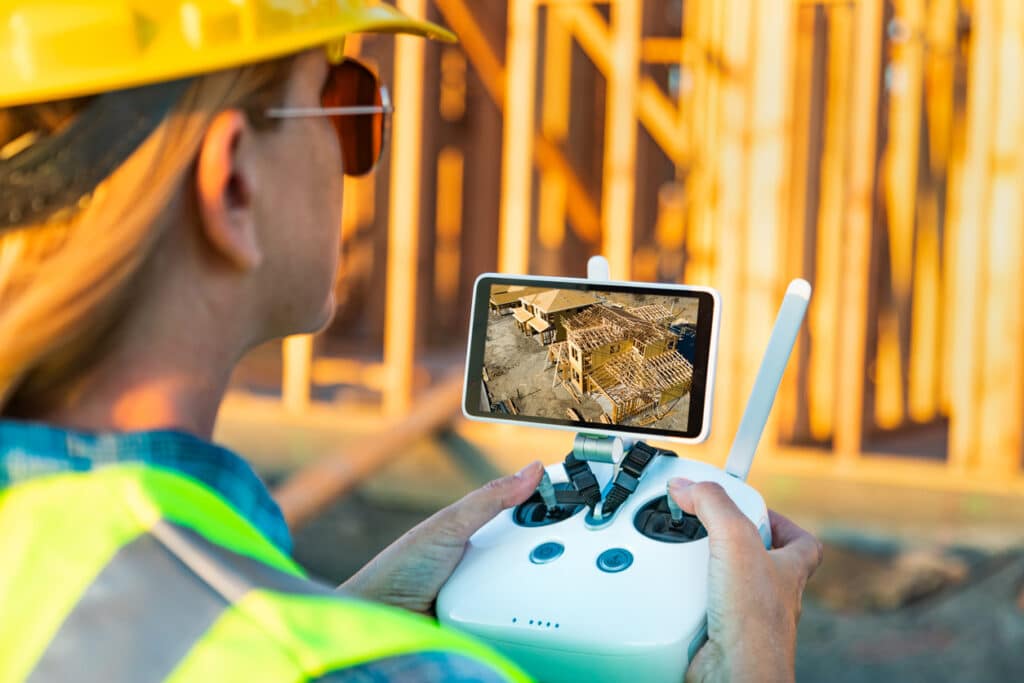Robotics and automation in construction are becoming more common every day. Sustainability is one of the most-advertised promises of implementation. Are they meeting the expectations of enthusiastic, tech-driven environmentalists? Here is what you should know about green machinery, autonomous robots and how it all influences the construction sector.
What Are Autonomous Robots and Their Purpose?
Autonomous robots are machines able to operate independently. You can tell them what to do, and they should be able to accomplish complex tasks without intervention.
More advanced robots have artificial intelligence (AI) and machine learning to make them better decision-makers. These integrations help them make reactive choices instead of relying on programming exclusively.
They are pivotal in construction for many reasons, including but not limited to:
- Supplementing labor shortages.
- Reducing carbon emissions.
- Tracking environmental metrics, like waste generation and water use.
- Doing repetitive and time-consuming tasks.
- Boosting quality control with greater replicability.
- Executing work in dangerous positions to make workplaces safer.
Construction’s adverse environmental impacts are too sizable to ignore, encouraging companies to give robotics a chance at helping them improve their footprint. Buildings account for a massive 39% of energy-related emissions. The goal is to lower embodied carbon by 40% by 2030 and autonomous equipment could get businesses there.
What Are the Ways Autonomous Robots Help Sustainable Construction?
There are several ways contractors make your homes and workplaces more eco-friendly by using robots.
Reducing Waste and Recycling
Autonomous robots are perfect for amplifying waste management practices. They use advanced imaging to identify diverse materials, including what should go into compost, recycling or landfill. Consistency and accuracy are key, and they do this work with few mistakes.
Sorting construction and demolition waste is critical, primarily because there is so much of it. It is also important for the machines to spot materials they can recapture. The tiniest screws and nails are reusable. Robots can safely grab these from the largest construction sites without delaying construction progress.
Boosting Efficiency
Construction jobs are wasteful for many reasons, but low efficiency is a notable influence. Jobs taking longer have a higher chance of leaving more negative impacts on the environment. Delegating tasks to automated robotics systems hastens repetitive tasks, cuts time-to-build and preserves the land from extended stress.
It also enhances the productivity of time-consuming operations like land surveys. Companies must know everything about the region before breaking ground. This includes soil composition, sloping, nearby waterways, as well as local flora and fauna. Utilities like surveillance drones operate alongside human workers, upskilling contractors for more efficient workplaces.
Enabling Innovation
Sustainable companies are 1.4 times more prone to innovate and establish a reputation as a thought leader. The correlation could lead to new construction techniques, like 3D printing parts to lower energy consumption or using biomaterials for their renewability.
Making ecological commitments has inherent risk, much like digital transformation. The motivations combined create a strong willingness to experiment and see what is commercially viable. It could include seeing how robots can promote nature-based infrastructure or finding ways to capture excess energy for additional projects.
Lengthening Infrastructure Life Cycles
Autonomous robots are important for quick retrofits and repairs. Contractors can operate many machines remotely, sending them to do easy fixes without taking their time away from high-value work. Their speed enables better overall maintenance, keeping buildings healthy for longer.
Extending a building’s life cycle as much as possible is crucial for reducing embodied emissions. Leveraging robots also prevents issues from exacerbating into situations requiring destructive renovations or demolition, damaging the planet further.
How Do Autonomous Construction Robots Work?
Robots in construction play many roles, given how diverse building tasks can be. These are some of the most inventive solutions for autonomous equipment on a jobsite.
Traversing Climate-Smart Landscaping
Quality landscaping supports cleaner internal environments and manages temperatures. Strategies like grading also help control water flows and stop flooding. Autonomous robotic mowers easily traverse areas as steep as 50° inclines without concern. These are vital to lowering musculoskeletal disorders, which are common in labor-intensive industries, like construction. These machines also help with land clearing during construction, while causing minimal damage and assist wildfire abatement, protecting local ecosystems.
Promoting Electrification and Renewables
Construction robots are available in electric and hybrid models, including heavy machinery like excavators. Firms may even feel motivated to experiment with more autonomous construction robots, like automatic guided vehicles and cobots (collaborative robots). They demonstrate the variety and utility of eco-friendly equipment.
Investing in them lowers the industry’s reliance on fossil fuels and encourages solar panels, wind power or other cleaner energy generators. Robots could also maintain portable and temporary panels or backup batteries to prevent service interruptions.
Finding Water Savings
Autonomous equipment can conserve more than building materials. They can operate water-saving pressure washers and help install energy-smart water heaters. It is one of many ways robots have use cases in every phase of the construction process. It can spray demolition waste and send it through filters or wash a unit with as few resources as possible before completion.
Using Data to Visualize Performance
Digital twins are virtual building representations. Robots can collect data about the structure from its blueprint or operations. Then, it can use an algorithm to find optimizations. Architects, engineers and other construction stakeholders, can ask for suggestions on how to better disperse energy or track lifetime carbon emissions.
Construction projects in Saudi Arabia show how much robots and digital twin technologies can work together. Experts want to build virtual representations of entire cities, aiming to use the platforms to make smart cities and urban water systems for a resilient future.
Making Heat and Fuel Last
Eco-friendly robots can be powered by renewable energy, but also promote energy cuts and efficiency. This can happen on the job and off-site in related sectors. For example, equipment can suggest and install thermally responsible insulation for optimized building envelopes. Robotic data can also teach fleets how to drive more efficiently to use fewer resources.
Automated Construction and Sustainable Futures
Robotics and automation in construction are making waves because of how much utility they bring to workforces. Your next office or apartment could be made in part because of independent robots and may have a lower carbon footprint because of it. Everyone inside and outside the sector should celebrate and normalize their assistance in construction work when they can reduce ecological footprints and enhance safety. Predictions and innovations indicate autonomous machinery will continue to be revolutionary in decarbonization and effective resource waste management.
Source link
Rose Morrison biofriendlyplanet.com






